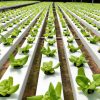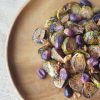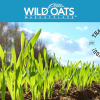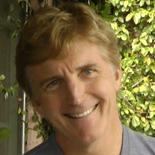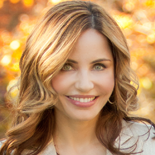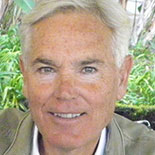
Agriculture’s Master Jugglers
By Dave Carter | 0 Comments | Posted 07/29/2014
If you enjoy a good juggling performance, you may want to stop by an organic farm sometime.
Farming is complex and difficult, even under the best of circumstances. Organic farmers shoulder an even higher degree of difficulty.
Just consider the lives of two farmers living side by side, one a conventional grower, and the other an organic producer.
One spring day, both head out to plant 160 acres of corn. .
Our conventional farmer hauls his equipment into the field and plants seed on all 160 acres. But the USDA rules require organic farms to maintain a buffer zone around their fields to protect the crops from contamination from neighboring fields sprayed with chemicals. Our organic grower maintains a 30-foot strip of shrubs and grass around the edge of her fields to comply with the buffer zone requirements. That’s the equivalent of about 2 ½ football fields that she can’t plant.
Come harvest time, the conventional grower will pull the combine into the field, harvest the corn into a truck, which will then be hauled to one of several local elevators that will market the product. If he decides to store the grain at the farm before selling, he’ll unload it into a bin and spray it with more chemicals to prevent mold and insect infestation.
Our organic farmer is required to use a harvester and trucks that have been thoroughly cleaned to prevent any mixing with conventional crops. When harvested, the grain must be delivered to a certified organic elevator, and those aren’t all that common across the countryside.
If she decides to store the crop on the farm, she must use special procedures like fumigating with carbon dioxide and sealing the grain in airtight sacks, to prevent damage from mold and insects.
Come next spring, the conventional farmer will pull his tractor in the field, spray some chemicals, and get ready to repeat the procedure all over again.
No so for the organic farmer. Crop rotations are one of the key steps in preventing damage from pests on organic farms. Thus, she’ll be planning soybeans, or field peas, or alfalfa this season, all which require slightly different equipment than a corn planter. It will be a couple of years before her corn planter comes back into that field.
And, she will need to find markets for the variety of crops coming from those fields at harvest time.
And so it goes.
When you buy organic food, take a moment to appreciate the juggling act that the organic growers regularly perform to help put that on your table.


 Contact us
Contact us






